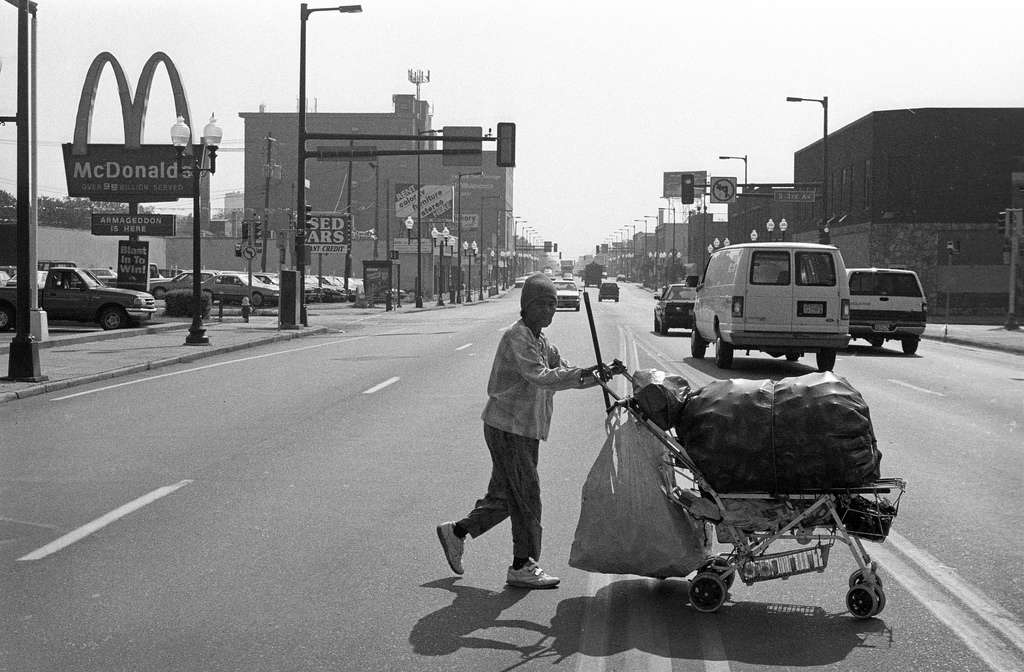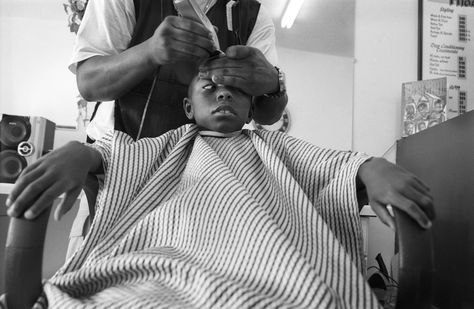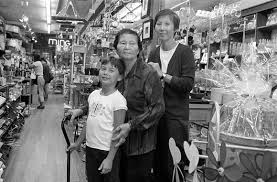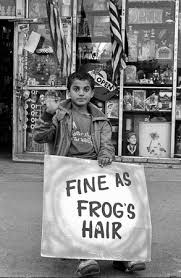Wing Young Huie - Third Place
/Wing Young Huie is street photographer.
Trained as a journalist, Wing’s images do not explain themselves or prescribe how a viewer will experience them.
Wing’s images are untitled. He welcomes ambiguity and says that even if the location of a photograph is identifiable, context is interpretive. “For me,” Wing says, “the photograph is the way to get to the story. I don’t have to say what the meaning is, what my process is. The photograph does the work. It asks: ‘ What do you see?’”
In late 1990’s and early 2000’s, Wing photographed University Avenue and Lake Street in two separate art projects. The bustling streetscapes and their surroundings connect his subjects.
His mostly black and white pictures, hundreds of them, capture folks as they go about their business, on or near the street. Some subjects hold children or wait for the bus; someone smokes a cigarette; bows in prayer; tussles with friends; cuts hair; shops for toothpaste; drinks coffee; shows off a tattoo; eats noodles; leans in a doorway; sews; fills out forms. Some of his subjects hold a chalkboard with a wish for the future, or maybe a favorite word written on it.
For both the University and Lake Street projects, Wing displayed his captured images on storefronts and buildings on site. Each installation was notable in that the street not only provided backdrop for the photographs, the street then served as a miles-long gallery space for anyone to see the images, free of charge.
It was a gesture that both celebrated place and brought art directly to the people.
Wing now operates a gallery space at 38th Street and Chicago Avenue South called The Third Place. The new space is an extension of his public installations, a place where art – his and others’ – might be experienced without the barriers “fine art” often throws at us. “There is a language of fine art that keeps people out,” Wing offers. “Art is valued by the one-percent, it is defined by Wall Street and blue chip galleries. So much ‘art’ is decided by curators, and auction houses, and those who go to wealthy, east coast schools.”
Wing’s photographs and gallery provide a counter-balance to high art.
The term “Third Place” is a reference to those spaces in society where we seek entertainment, connection, and people watching, and where we are welcome to gossip, laugh, discuss, argue, and celebrate together. If our “first place” is home, and our “second place” is work, then our “third place” is where all the good stuff happens, where we go when we have time on our hands and a need to be out in the world with others.
Wing’s Third Place Gallery is welcoming, even a bit whimsical.
Part personal office, part archive, part gallery, the full glass front along 38th Street is, in the early morning, sun splashed. A definition of “Third Place” by sociologist Ray Oldenburg is etched on the window and entices the curious who lean in to read the small print to peek through the glass and see what is inside. A ping pong table sits just inside the door. One wonders if it is an artistic statement. “I like playing ping pong,” Wing admits with a shrug.
Ping pong is playful and familiar, it draws you in. For Wing, the ping pong table is another barrier-busting invitation as Third Place focuses on art and interaction, “not wine and cheese.” Visitors arrive at the gallery “by appointment or chance.”
To support his art, Wing no longer tends bar or washes dishes, but he does do a lot of public speaking.
“What I photograph drives what I talk about. And what I talk about drives what I photograph,” he says. Equity, race, otherness, sense of self - all are all topics for exploration in his photographs and the seminars he leads. With participants, especially young students, he asks a lot of questions:
How many of you are photographers?
How many of you like to photograph nature?
How many of you photograph people?
How many of you photograph people other than yourselves?
How many of you like to photograph strangers?
Hands shoot up when he asks the question about nature photography; not so much when he asks the question about strangers.
Inspired by the street photography of Gary Winogrand (1928-1984), Wing finds his stride photographing strangers: “There is something exhilarating about getting outside your bubble and getting into someone else’s bubble,” he says. “ I am an introvert, in my own head a lot, but with a camera, I explore the world in a new way, I create an exaggerated sense of myself.”
When asked if Third Place consciously fosters placemaking at 38th and Chicago, Wing shifts in his seat.
“Placemaking leans on art to solve things,” he reflects. “That is a conundrum. Putting so much responsibility on the backs of artists, does that make sense? Social dynamics, social ills, historic weight, dividedness - do you expect art to solve all that? Am I trying to improve my neighborhood?” he asks. “I try to do what is right.”
Wing’s answers, like his art, are provocative. “Like most artists, I am hustling to make a living.”
For more information:
www.wingyounghuie.com
Photo credits: Tracy Nordstrom, Southwest Journal, Wing Young Huie, MinnPost











